




Best luck: satisfaction
Greatest curse, greed




Cliff (Start a rEVOLution, grow a garden)
 4
4













Ask me about food.
How Permies.com Works (lots of useful links)





Julia Winter wrote:Anyway, this is why feeding restaurant waste to pigs is not happening as much as I'd think it should be--pigs are quite sensitive to human viruses, even more than birds, I think.
My project thread
Agriculture collects solar energy two-dimensionally; but silviculture collects it three dimensionally.











Ask me about food.
How Permies.com Works (lots of useful links)





 2
2




Country oriented nerd with primary interests in alternate energy in particular solar. Dabble in gardening, trees, cob, soil building and a host of others.




C. Letellier wrote:
No one has mentioned the steps to keep hens laying in cold weather. Warm buildings with steadily available water and greatly increase fat in the diet are the 2 big ones. For fat my parents used to buy 10 lb container of lard. Cut the cardboard bucket off the frozen lard and just put it on a board in the pen. Usually by spring the chickens had eaten about half to 2/3 of it. The feed ration for winter always went for higher fat feeds like corn during the winter months.
My project thread
Agriculture collects solar energy two-dimensionally; but silviculture collects it three dimensionally.
















 1
1




April Swift wrote:...my question is if you have lots of trees, how do you keep predators from coming down the trees and decimating the flock?
My project thread
Agriculture collects solar energy two-dimensionally; but silviculture collects it three dimensionally.
 2
2












Emily Aaston wrote:I am trying to come up with a plan for raising broilers this coming summer. Following Salatin's broiler pen style seems like a good place to start. However, I would be attempting this on some gentle hilly and undulating terrain. It seems that his model would only work on perfectly flat ground. Has anyone come up with a broiler pen model that works on uneven terrain, or have ideas for alternative systems? Thanks much!













.jpg)
Imagine. Jiovi.com. Permaculture Nursrey
 1
1













YouTube channel: Midwest Homestead Solutions
MidwestHomesteadSolutions.com








My project thread
Agriculture collects solar energy two-dimensionally; but silviculture collects it three dimensionally.




![Filename: 00V0V_HhOU184AsY_600x450.jpg
Description: [Thumbnail for 00V0V_HhOU184AsY_600x450.jpg]](/t/1958/a/33673/00V0V_HhOU184AsY_600x450.jpg)
![Filename: 00l0l_avLkleVIRuZ_600x450.jpg
Description: [Thumbnail for 00l0l_avLkleVIRuZ_600x450.jpg]](/t/1958/a/33674/00l0l_avLkleVIRuZ_600x450.jpg)




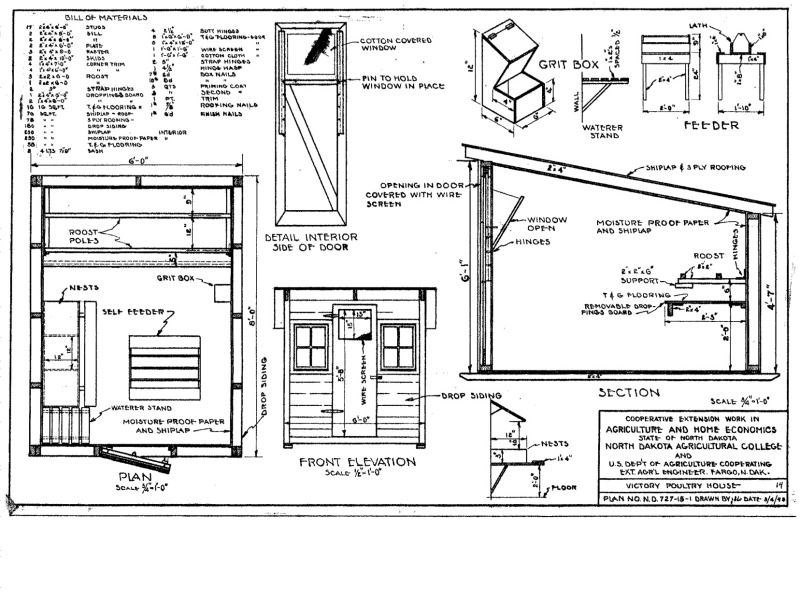





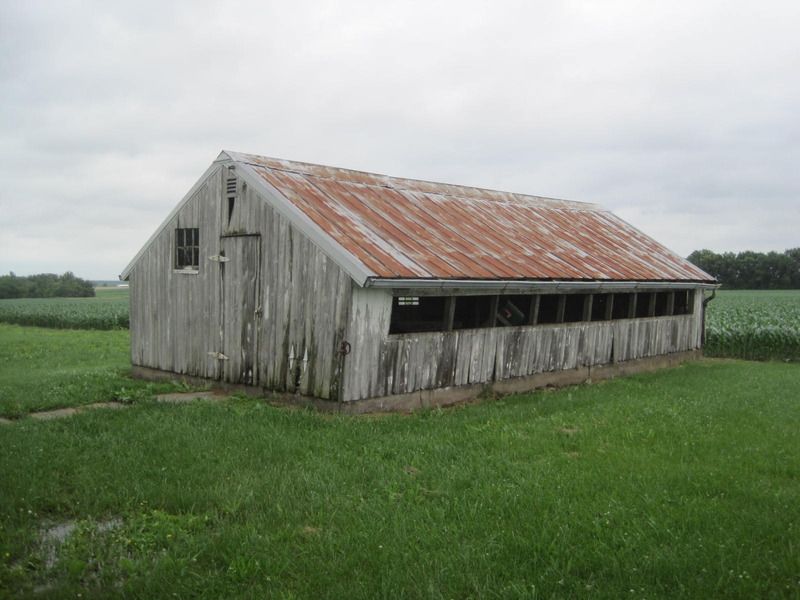
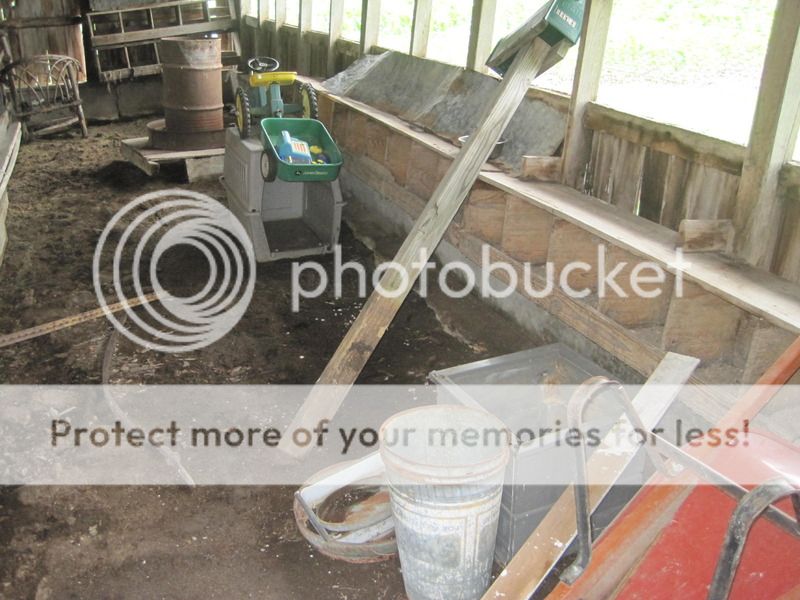
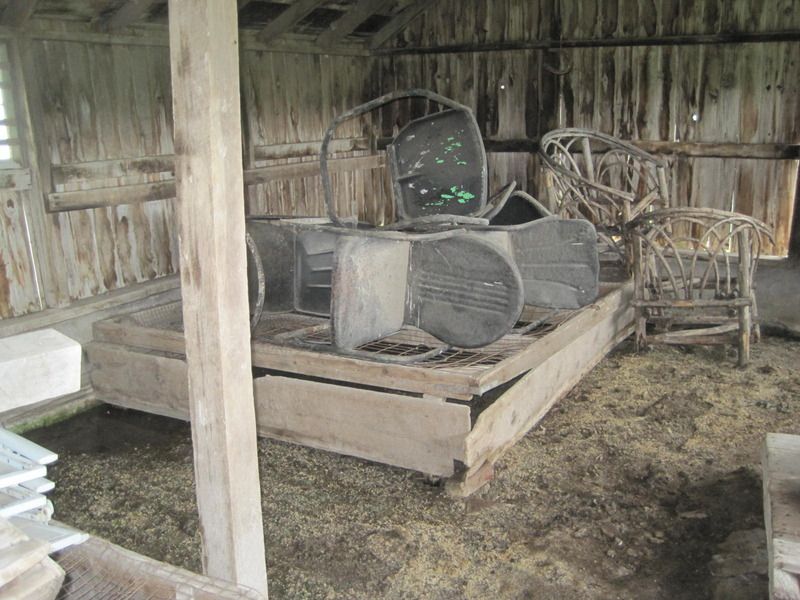
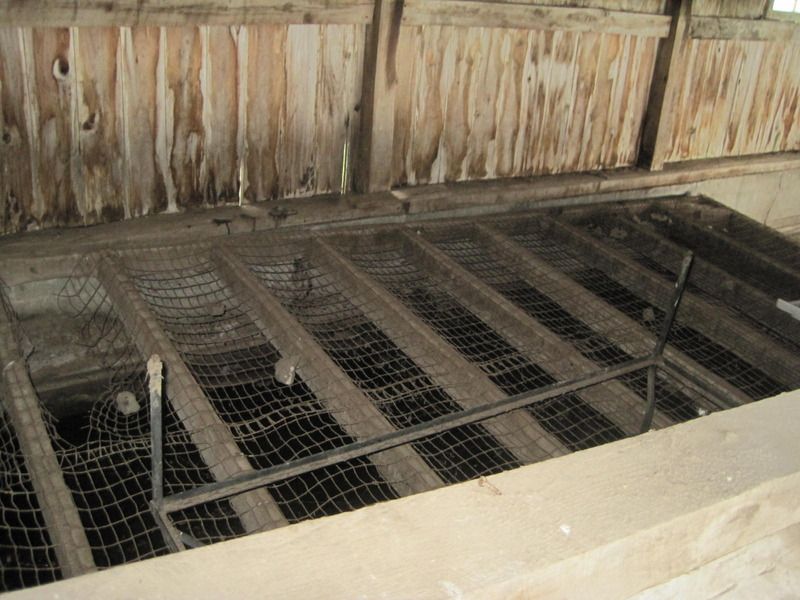










Country oriented nerd with primary interests in alternate energy in particular solar. Dabble in gardening, trees, cob, soil building and a host of others.








Trevor McCoy wrote:I have a design question regarding the rotational paddock system. In the drawing of a city lot almost the whole space is used for the chickens. I am designing a 5 acre farm with alley cropping and want to do permanent raised mounds to grow veggies between the rows of trees. this presents an interesting design opportunity. The permanent raised beds cant be compacted because we will never till them and i imagine that chickens will compact the soil. I am drawing a blank on how to integrate these two features and i need ideas.




John Master wrote:This is our chicken coop from this year, it worked well but eventually it was just for night time cooping up as we started to let them roam the yard. To do it over again I would have made the nest boxes smaller, we literally had 6 chickens in the upper 2 boxes once, they like small places as opposed to big roomy boxes.




Tyler Amphlett wrote:I understand what you are saying about how the areas closest to the coop would be threatened. I still wonder about the bottom idea though with basically the same idea as paddock shifting, just with permanent paddocks. The gates between would be more towards the middle of the fencing, which would hopefully be better than the coop example. It could also be rectangular shapes, but in the image I just went around the trees instead of removing them. Maybe it is more worth it in the end to just move the paddocks each time.
Thank you for mentioning that.




 I put in tiles to make the floor easier to clean (its too slick for them, so i have to find a way to scuff it up a bit). Some go back in on their own, the rest go on the old nesting boxes under the carport to roost on of a night so we have to carry them back to the RV. We still have to do an egg hunt or will, they are just now starting to lay again. They have some protection from the weather in the RV, but i think they prefer to be outside completely & outside of having one heck of a mess on the carport to get cleaned up......i think they did better outside. I'd like to make tunnels for them to access my garden without eating my plants or the seeds, but haven't got that creative yet. Maybe with making raised garden beds, it'll be easier to protect the crops & then i won't have to worry about creating tunnels
I put in tiles to make the floor easier to clean (its too slick for them, so i have to find a way to scuff it up a bit). Some go back in on their own, the rest go on the old nesting boxes under the carport to roost on of a night so we have to carry them back to the RV. We still have to do an egg hunt or will, they are just now starting to lay again. They have some protection from the weather in the RV, but i think they prefer to be outside completely & outside of having one heck of a mess on the carport to get cleaned up......i think they did better outside. I'd like to make tunnels for them to access my garden without eating my plants or the seeds, but haven't got that creative yet. Maybe with making raised garden beds, it'll be easier to protect the crops & then i won't have to worry about creating tunnels 










My life is a constant battle between my two loves: https://www.noharchitects.com and https://buildingfreedomtoday.com/pebblespring-farm/. Thanks for taking the time to hear my story of this mission.

|
Power corrupts. Absolute power xxxxxxxxxxxxxxxx is kinda neat.
the permaculture bootcamp in winter (plus half-assed holidays)
https://permies.com/t/149839/permaculture-projects/permaculture-bootcamp-winter-assed-holidays
|




